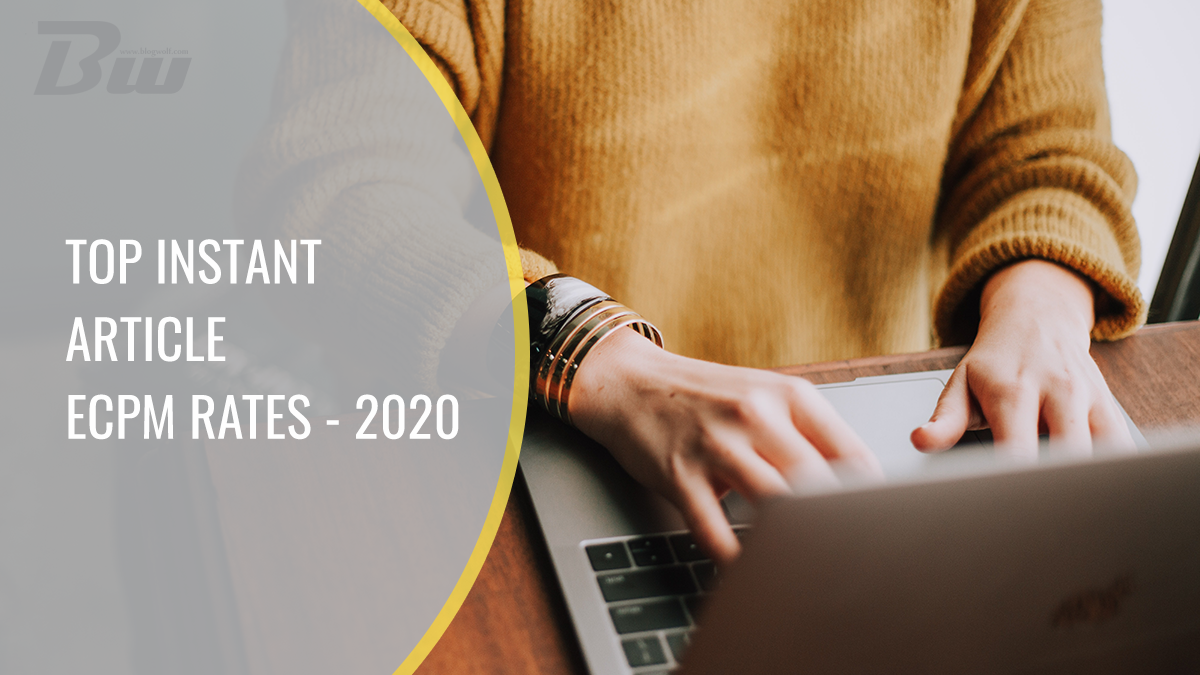Facebook instant articles pays based on ecpm.
ecpm is nothing but earnings per 1000 ads impression. For example if 500 people visit your instant article and there are two ads on article then if they see both ads ads impression will be 1000. For these 1000 impression publisher get specific amount depend on visitors location, and niche of your article.
What is CPM ?
it is the rate at which advertiser pay for every 1,000 impressions of its ad.

Yes, that’s not a lie! I am talking about making US$32,000 in just one month, with Facebook Instant Articles and Facebook Audience. And the best part of it is that you don’t need to worry about one single click, there is no need to worry about CPC or CTR%.
One of the widely asked questions is about CPM rates and the same depends on many factors. Usually, CPM that ranges between $3 to $4 is considered incredible but it is next to impossible to find a CPM like that, because the same varies depending on country, audience, niche, content and more. One should consider all of these factors before putting their hopes high about high CPMs. In USA the average CPM is around 3$ and in Asian countries CPM is relatively low. In India, the average CPM ranges between 0.5 – 0.8$ but technology niche you can expect 1$ CPM in India.
[wpsm_divider top=”20px” bottom=”20px” style=”solid”]
CPM depends on a large number of factors and influencing some is in our hands. For eg, it depends largely on the niche and if one write on niches like technology and finance, ads relating to the topic would be displayed and the ads of such generate higher CPMs, as compared to other niches. The proper placement of ads can make much of a difference and they affect the CPMs more than you think they do, so make sure that is done right. Facebook has introduced ad units like that of recirculation units, to better the engagement of Instant articles readers and adding the correct meta tag can make a huge difference. Hope this article on Instant article eCPM rates was helpful for app developers and publishers to monetize their inventory with additional demand.

